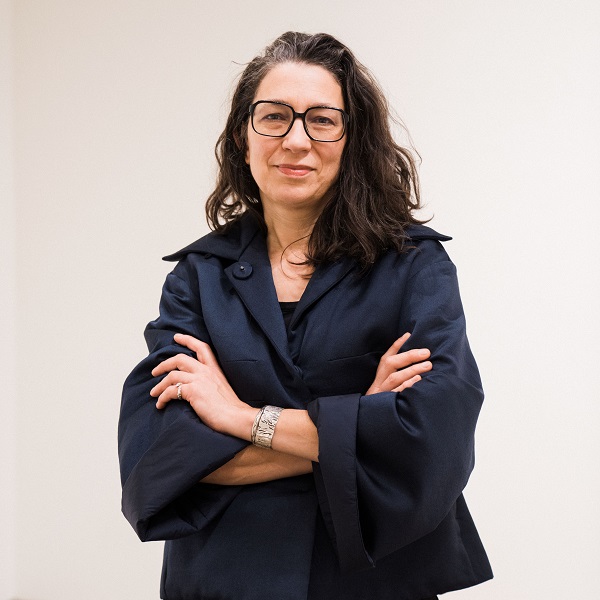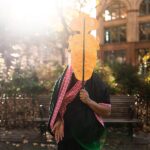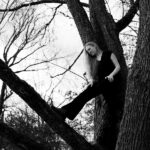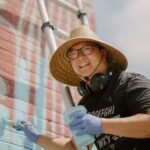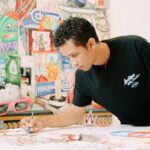Imprint
Written by Sasha LaPointe; Photographed by Laura Dart
When Malia Jensen shared with me a formative animal encounter, I was transported to the artist’s childhood home, between the mountains and the sea, in rural Oregon. The scene is dreamlike: A quiet meadow sloping towards a creek. Alongside it, a dense mixture of fir trees and conifers climb the hillside, a place where Malia spent much of her time. On her way into the woods she’d visit a crabapple tree at the edge of her path. Amid the tall grass still studded in beads of dew, she’d find the outlines of recently sleeping deer, who had just been there, their forms still imprinted in the damp grass, encircling the trunk.
There was no encounter beyond this quiet acknowledgment. The deer never revealed themselves beyond the imprints beneath the tree. But this quiet watching felt meaningful, built on trust. When she tells me the story, I can’t help but visualize the shapes of deer in grass, a stunning image that celebrates a respect for the natural world. A daily understanding between the child and the animal, one that seems to say, I see you, I know you’re here.
As a writer, I have always been drawn to visual artists. The poet in me is constantly seeking out imagery that pulls me in, ignites something in me. This quest has been lifelong, has brought me to countless galleries and spaces to marvel at a carving, or cry at a glass case housing a cedar woven basket. This foraging for art is born of a curious admiration. I’m in awe of the story an object can hold, the way a painting stays with you. It’s a beautiful kind of haunting. Perhaps it’s as simple as understanding the piece as its own kind of story, something created, something sacred, told in a language without words. It is an invitation, a quiet engagement between the artist and the viewer and it feels private, sanctified.
Malia Jensen’s work honors this sacred collaboration between the artist and the viewer. Her sculpture, as well as her work with video, invites you in, provokes thought, and asks us to consider the natural world around us more closely. In an era of late-stage capitalism, the depletion of our natural resources, it’s important to examine the absurdity of human objects. As a Native woman this conceptualization is important to me. So is humor. We often say in my community that laughter is necessary, is the medicine needed under the crushing weight of historical and generational trauma. It’s no wonder Malia’s work resonates with me. The artist defines humor as the classic redeemer of pain. When I came across her “functional art” piece called the iCan, a literal metal can and a string cord, packaged to mimic Apple’s sleek branding, I laughed so hard I had tears in my eyes. As someone who routinely experiences anxiety around the throwaway culture we find ourselves in, who has nightmares of mountains of discarded tech and piles of e-waste, the iCan soothed something in me. Those few moments of laughter were a welcomed softness, a way to exist in the world that didn’t feel crushing. In that brief exchange was a connection, a kind of healing. To be reminded we are not alone in this world is to be reminded of our humanity. It threads us together under the same blanket. That kind of art, like laughter, is potent medicine.
This invitation for engagement has forever been at the root of Malia’s work as an artist. One sculptural experiment, from her childhood next to a creek, was a mud maze built atop an old stump where she and her brother would watch salamanders crawl along the low walls. Malia’s maze wasn’t necessarily a scientific endeavor, or one that sought control. The salamanders could escape at any time. The image of the maze is particularly moving to me for its placement along the surface of a cut tree. There’s something deeply poetic about it. I imagine the exposed stump, the rings you can count in order to learn how long the tree had been growing before it was chopped down. Then I imagine Malia inviting nature back to it, building something new. Many years later, while living in Brooklyn, New York, and surrounded by concrete, Malia remade the salamander maze and had it cast in bronze .

